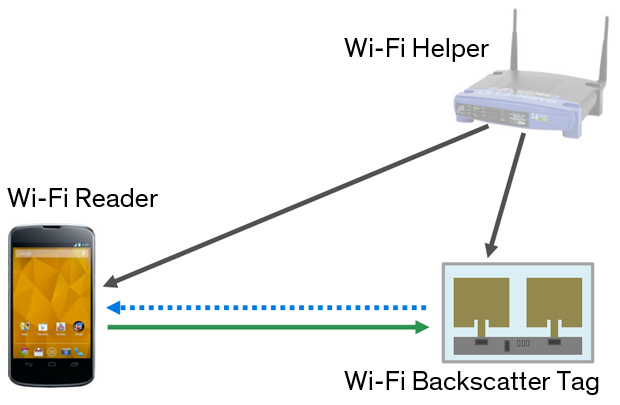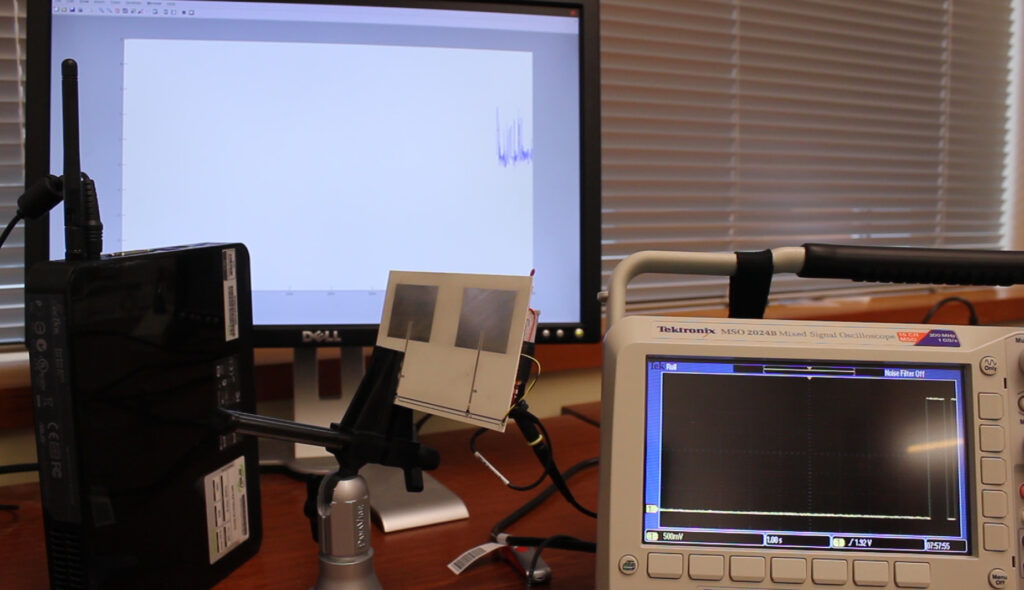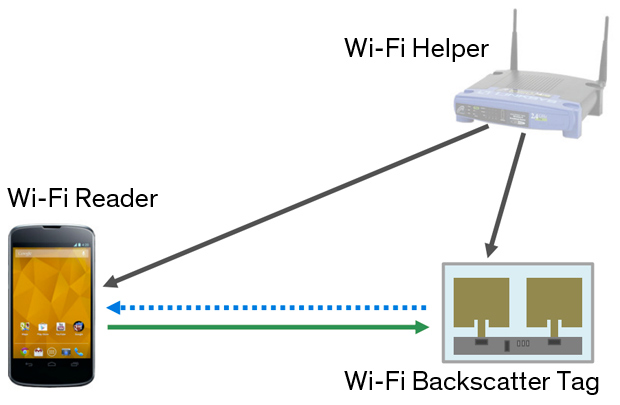Marching to the future world and to make life easier, researchers now solved a key problem underlying the emerging Internet of Things (IoT). Internet of Things obliges variety of home-appliances, including fans, lights, lamps and so on, able to connect via internet – means appliances need power source (batteries or plugged-in power supplies) to operate. Charging or changing batteries of these appliances, as and when needed, could be a bothering, for consumers.
If IoT is to be adopted, much of the data had to transfer in the background and shouldn’t be power-sourced. This led to the spark of enabling the appliances or any objects to communicate wirelessly without a source of power, using RF signals, under the idea called Wi-Fi Backscattering.
Your appliances gonna be smart in nature.
What is Wi-Fi Backscattering?
Enhancing batteryless devices to compute and communicate has been possible by testing the devices with existing RF signals from radio, television. RF signals gets converted into hundreds of microwatts of electricity by these RF-powered devices to transfer data. Such existing RF-powered batteryless devices would expect a dedicated gateway (like RFID reader) for internet connectivity. That’s where Wi-fi Backscattering comes in.

Wi-Fi Backscattering focusses on enabling any object to communicate data, through bridging RF-powered devices with the Internet by reusing the existing Wi-Fi, and no power.
Conventionally, WiFi and Bluetooth consume two to three orders of magnitude of more power than harvested from RF signals, which might not be an easy go for IoT. Henceforth, Joshua Smith and colleagues in the department of electrical engineering and computer science at the University of Washington in Seattle reported that they have prototyped a different approach to batteryless device connectivity. Instead of generating their own signals, their batteryless WiFi Backscatter chips transmit their bits by either reflecting or not reflecting a WiFi router’s signals. These reflections could be analyzed and interpreted by different strengths of reflection by off-the-shelf devices like laptops, smartphones and WiFi routers.
“If Internet of Things devices are going to take off, we must provide connectivity to the potentially billions of battery-free devices that will be embedded in everyday objects,” said Shyam Gollakota, a UW assistant professor of computer science and engineering. “We now have the ability to enable Wi-Fi connectivity for devices while consuming orders of magnitude less power than what Wi-Fi typically requires.”
How the prototype works?

The WiFi backscattering prototype comprises of a WiFi backscattering reflector, an oscilloscope, WiFi router and a Computer screen, where the signal gets encoded based on its strength. As WiFi signals are backscattered by the reflector, the corresponding changes by the signal strength are modulated at the WiFi-device and displayed on the screen. In this way, the devices could be formulated to use miniscule power with no compromising the internet connectivity and data sharing.
Read also : Time-travelling is now Paradox-free & possible
The UW’s Wi-Fi backscatter tag has communicated with a Wi-Fi device at rates of 1 kilobit per second with about 2 meters between the devices. They plan to extend the range to about 20 meters and have patents filed on the technology.
Advantages
- WiFi Backscattering pose as a game-changer for emerging IoT, having potential to render internet connectivity to each and every required device at your home.
- WiFi strength across your home increases, no matter what nook you are in.
- All the walls in your home could take your dog’s job and be the smart-security, intimidating you at possible threats.
WiFi Backscattering explained in a video:
References:







Pingback: Smart Home has to do more, mostly aims to save your money! – The Inner Detail